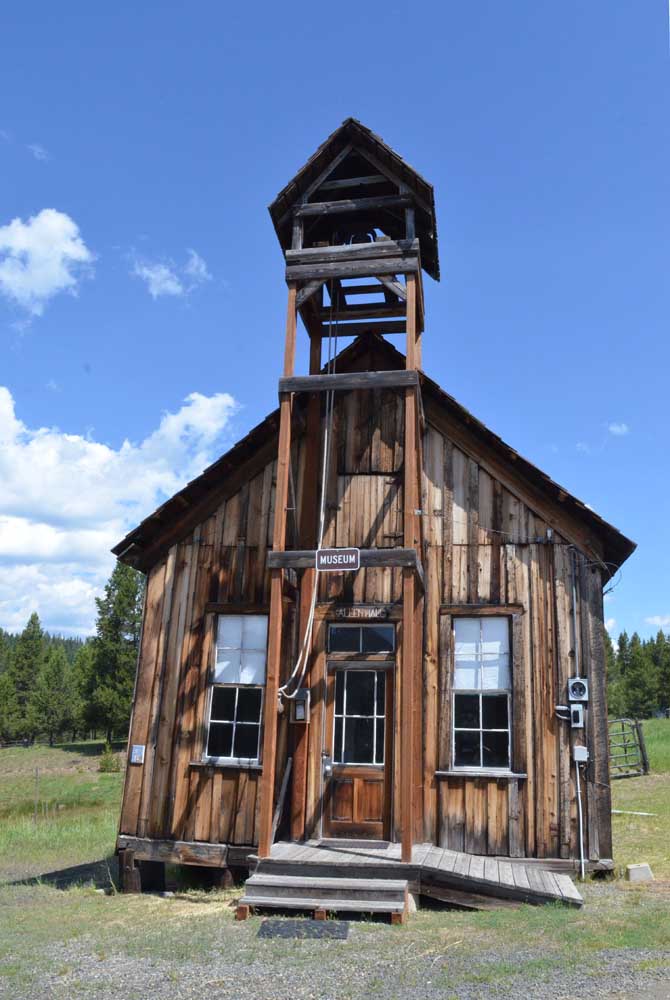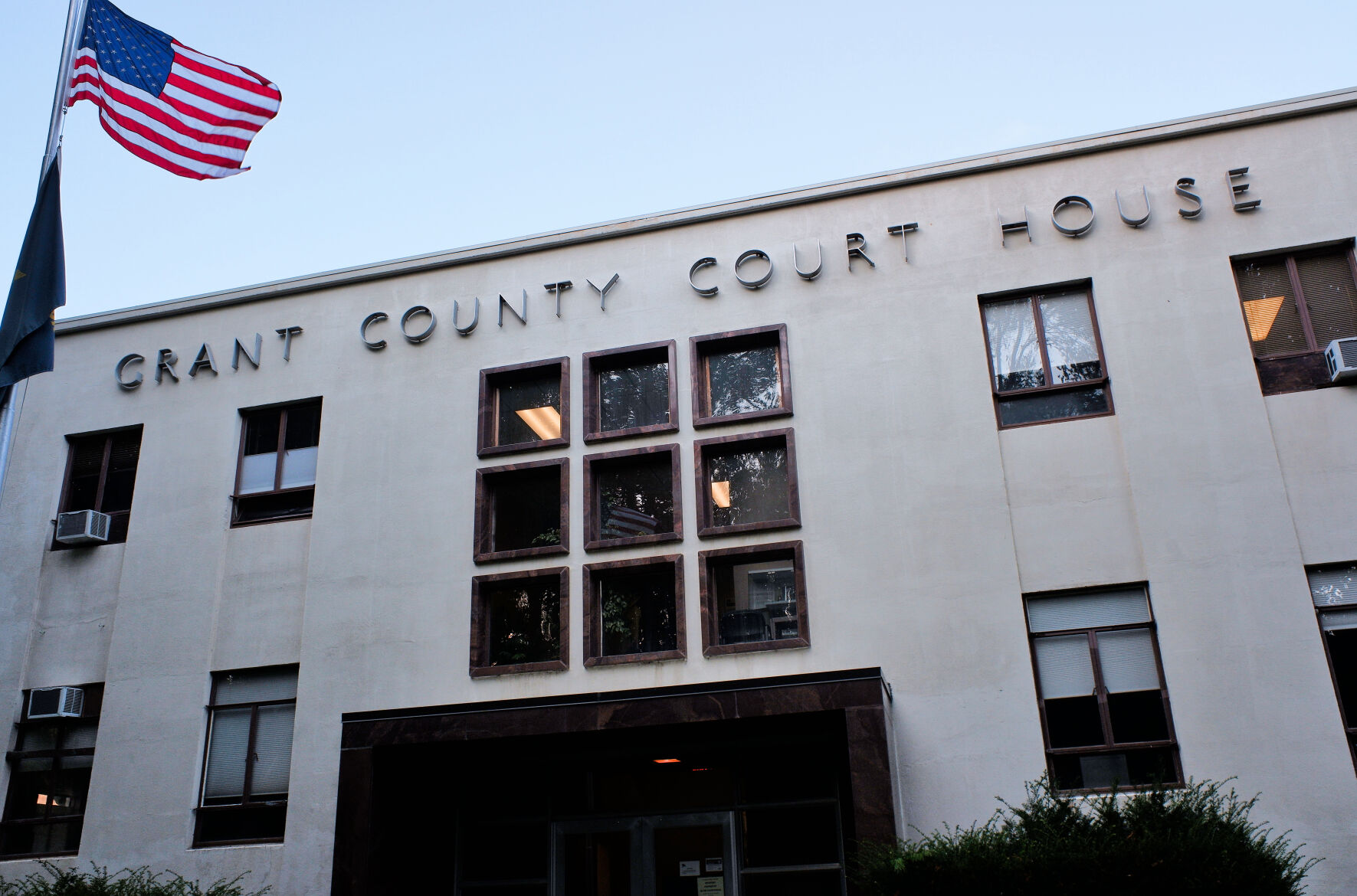JOURNEY: Historic Fremont Powerhouse a gem near the town of Granite
Published 10:15 am Thursday, August 1, 2019

- An old schoolhouse is used as a museum in the small town of Granite.
The gold mining boom and bust in Oregon’s Blue Mountains left a legacy of altered landscapes and industrial-sized historical artifacts that draw visitors from around the U.S.
The town of Granite, at 4,660 feet elevation, is a good example. Albert Tabor discovered gold in Granite Creek on July 4, 1862, hence the town’s original name of Independence. Tabor was the only merchant in town in 1874 and became its first postmaster.
The town really took off by 1899, when it was incorporated with 5,000 people. Granite in 1900 claimed six hotels and restaurants, including a 65-room hotel, 25 retail stores, two newspapers, four saloons, a gravity-fed water system, an electric power and light station, two churches and a public school.
Twelve producing mines and 2,122 mining sites in the immediate area supported the local economy, including the Red Boy Mine. But it all came to a screeching halt in 1942 when the War Production Board shut down gold mining in the U.S., deeming it a non-essential war effort.
Today Granite is the fourth-smallest incorporated town in Oregon, with 38 residents in 2010 — up from 24 in 2000. It lies along the Elkhorn Drive Scenic Byway, a 106-mile closed-loop route popular with bicyclists, motorcyclists and car tourists.
The Lodge at Granite is open year-round. Call 541-755-5200 for reservations. The Outback Country Store is open in summer and hunting season from 10 a.m. to 6 p.m., closed on Mondays and Tuesdays. The store sells gas and diesel and has an RV park in back. Call 541-755-5300 for information.
About 8 miles northwest of Granite is the historic Fremont Powerhouse and four restored rental cabins. The National Register of Historic Places and Oregon’s State Historic Preservation Office list the complex as a historic district.
The Romanesque building houses two 500 kilowatt generators and a control panel built from an 11-foot wide piece of blue Florentine marble. Redwood and steel pipes once carried water eight miles away and 1,100 feet downhill from a dam built at Olive Lake to drive the turbines.
Built in 1903, the powerhouse originally furnished power for the Red Boy Mine, which relied on steam power. As mining slowed down in the 1920s, the plant was connected to generating plants at Cove, La Grande and Baker to form Eastern Oregon Power & Light. The Fremont facility also powered the gold mining dredge at Sumpter.
The powerhouse was sold to California Pacific Public Utilities Co. and then shut down in October 1967.
The next year, the company donated the entire complex to the U.S. Forest Service. After snow from a winter storm in 1993 collapsed the powerhouse building’s roof, the Forest Service considered dismantling the building and its generating equipment.
That’s when Joe Batty, a longtime Oregon National Guardsman who worked with his wife, Sharon, at the powerhouse from 1968-1981, came in and saved the facility. From 1999 through 2005, Batty and a crew of guardsmen rebuilt the 2,300-square-foot building and the four cabins.
About 1,000 visitors typically stop at the site each year. The Fremont Caretakers Cabin and the Fremont Congo Gulch Cabin each sleep 10 and rent for $80 per night; the Fremont Hilltop Hideaway sleeps four and is $55 per night; and the Fremont Miners Retreat sleeps six and is $65 per night. For reservations, call 1-877-444-6777 or visit recreation.gov.
To get to Granite from John Day, drive east on Highway 26 to Austin Junction, follow State Route 7 for 25 miles, turn left on State Route 410 and drive about 20 miles to Granite. To get to Fremont Powerhouse, turn left at Granite on County Road 24 and drive about 6 miles.
For more information, call the North Fork John Day Ranger Station at 541-427-3231 or visit fs.usda.gov/umatilla.






